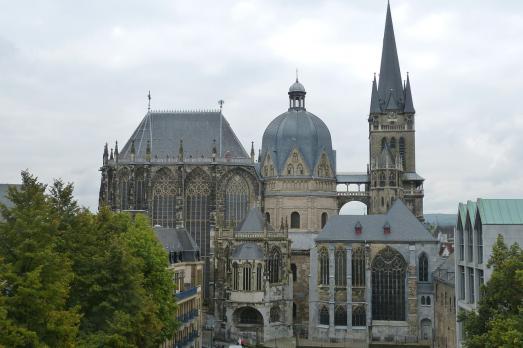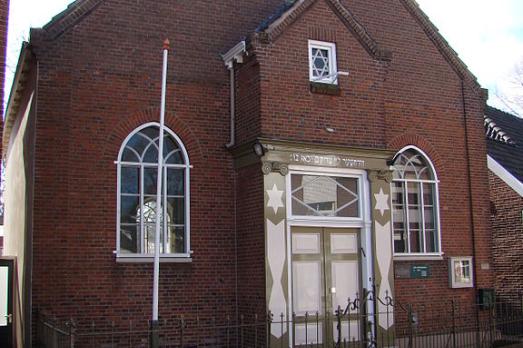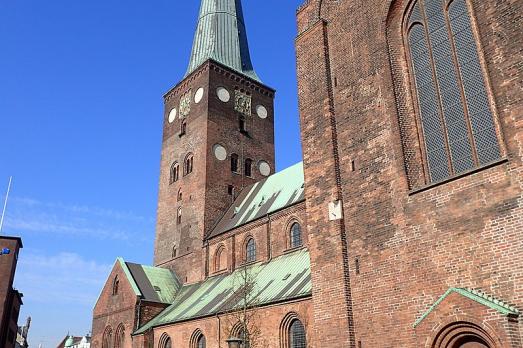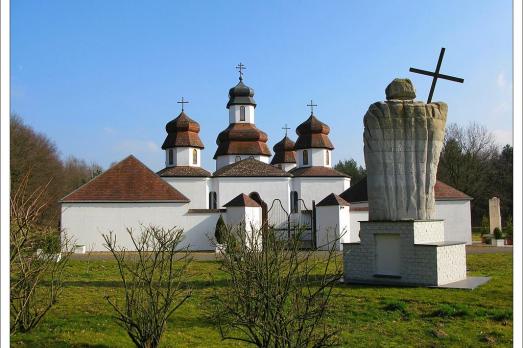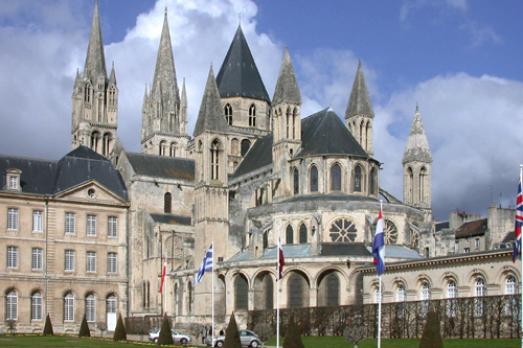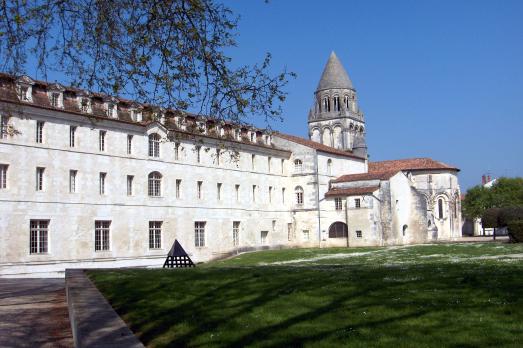"De Peperbus"
Leidschendam, NL
Reformed church. Octagonal domed church (1653) designed by Arent van 's-Gravesande. Rebuilt after a fire in 1696 under the direction of Jacob Roman. Modernised in 1865, when the original dome was replaced by the current conical spire with triangular pediments and openwork lantern. Beautiful inventory. Pew and pulpit from around 1697. Organ by Van Gelder from 1896. Oak bell frame with bell by C. Fremy, 1685, diam. 93.2 cm. Mechanical tower clock by LWF Volcke, 1891.

